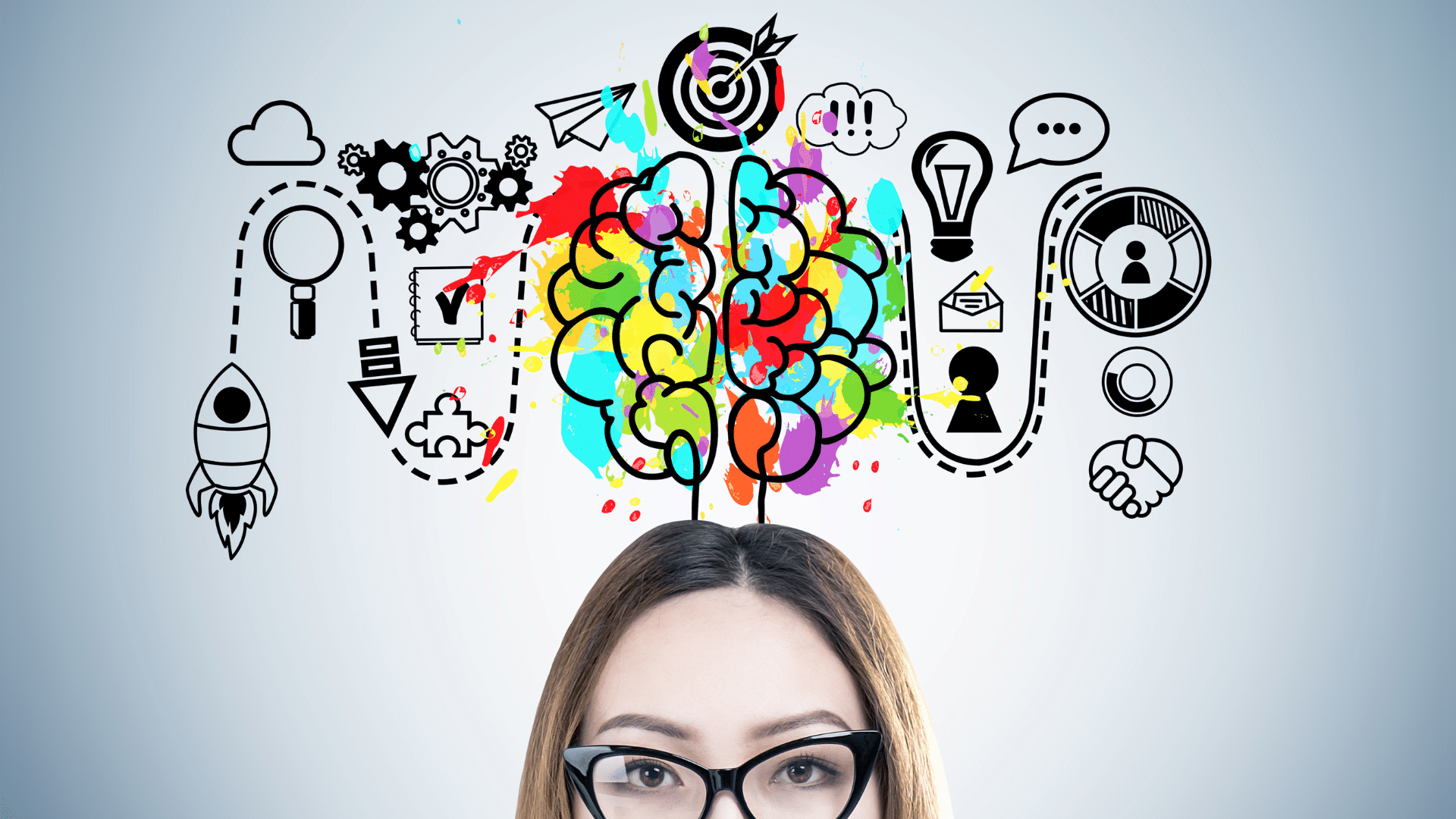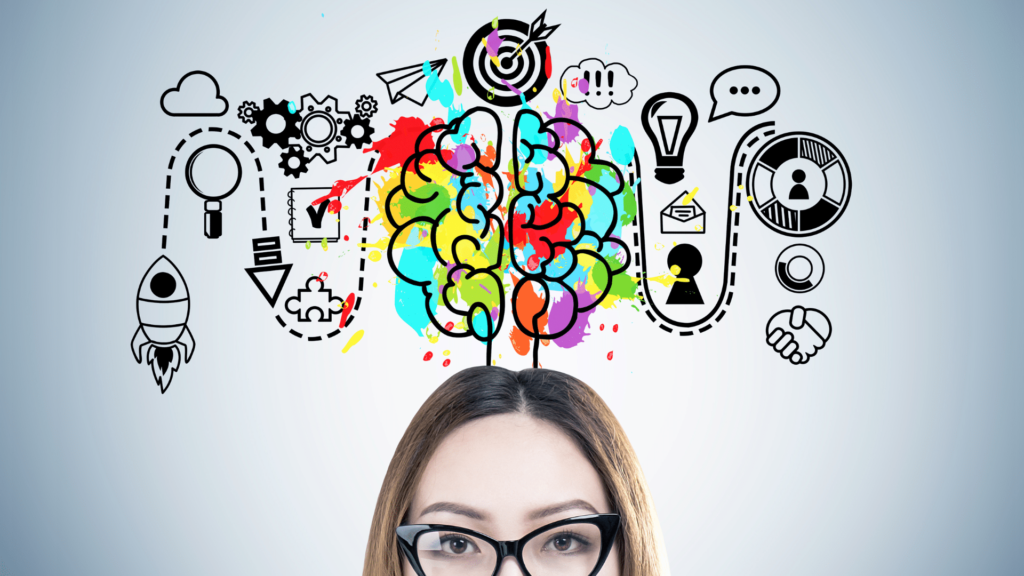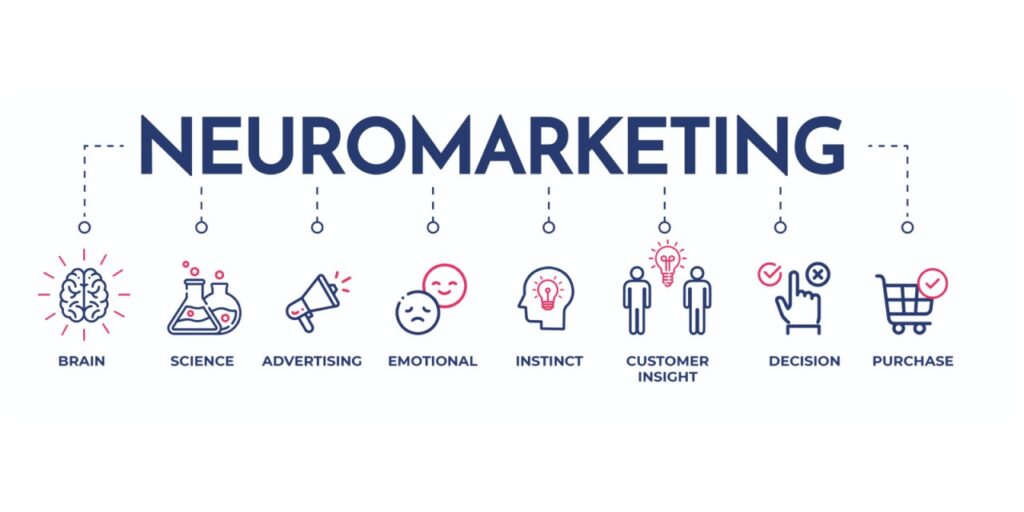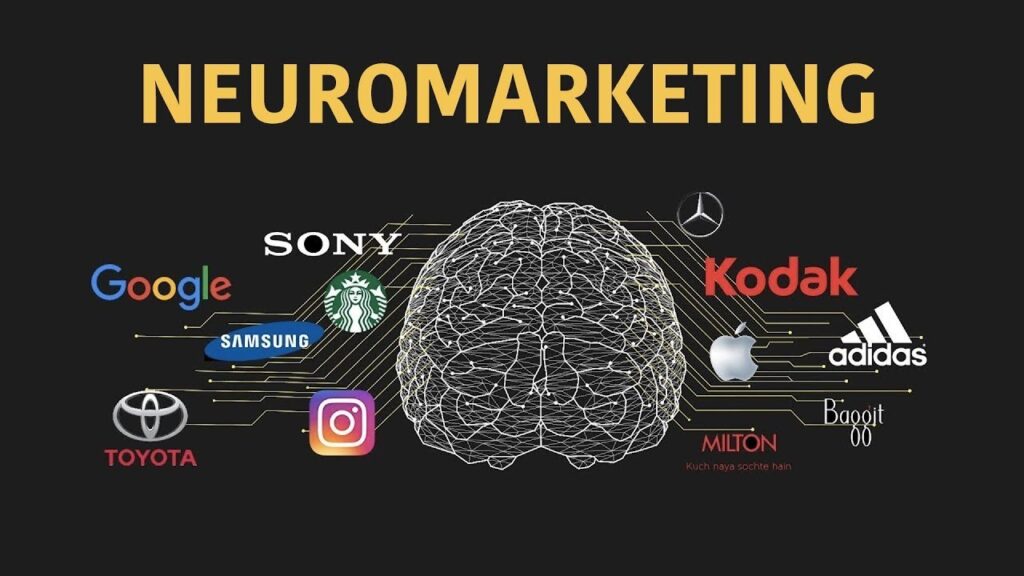
- July 23, 2025
- wallahleads@gmail.com
- 0
In today’s oversaturated digital landscape, where every scroll and click is fiercely contested, brands are shifting from data-driven strategies to brain-driven strategies. Welcome to the age of AI-powered neuro-marketing—a revolutionary blend of neuroscience, psychology, and artificial intelligence that decodes consumer emotions, attention, and decision-making patterns to craft marketing that truly resonates.
In 2025, this approach is no longer the exclusive domain of Fortune 500 brands. With the emergence of advanced and affordable AI tools, neuro-marketing has become an accessible, data-rich avenue for even small and mid-sized businesses looking to create deeper, more intuitive connections with their audience.
What is Neuro-Marketing?

Neuro-marketing applies neuroscience techniques to understand how consumers subconsciously react to marketing stimuli—like ads, videos, product pages, and social media content. The goal? To optimize marketing based on how the human brain responds emotionally and cognitively.
Traditionally, neuro-marketing relied on expensive equipment such as:
Eye-tracking technology to study where users look first and how their gaze moves.
Facial expression analysis to capture emotional reactions in real-time.
EEG (Electroencephalogram) to monitor brainwave activity during exposure to stimuli.
But now, AI replaces lab equipment by interpreting behavioral data—click patterns, scroll depth, sentiment from comments and messages, and even pause/play habits on video. These insights replicate neuro-feedback in a scalable, affordable way.
Why It’s Trending in 2025

With the decline of cookie-based tracking and the rise of privacy-first digital ecosystems, marketers are losing access to traditional user data. As a result, emotional intelligence becomes the new competitive edge.
Here’s why neuro-marketing is booming:
AI tools like RealEyes, Neurons Inc., and Affectiva simulate facial recognition and attention mapping through user webcam feeds and behavioral data.
Platforms like TikTok and Instagram Reels have proven the power of micro-emotional triggers—split-second visuals or sounds that go viral due to how they affect the brain.
Businesses are realizing that logic-based advertising doesn’t convert like it used to—emotion-based marketing drives real action.
In essence, AI-powered neuro-marketing is helping brands build campaigns that people not only see—but feel.
How Digital Marketers Can Leverage AI in Neuro-Marketing

Emotion-Centric A/B Testing
AI platforms can test different ad creatives, visuals, and copy based on emotional responses (happy, surprised, neutral, bored, etc.).
You can now optimize not just what works—but what moves.
Visual Heatmaps for Design Optimization
Use AI heatmaps to analyze where users’ eyes are drawn on your webpage or ad.
Place CTAs, offers, and key information in these “hot zones” to increase interaction.
Emotionally Charged Copywriting
AI writing tools like Headlime or Anyword suggest headlines and copy that trigger specific emotions—curiosity, urgency, fear of missing out, joy.
For example: “You’re One Step Away From a Happier Life” performs better than “Buy Now.”
Personalization with Emotional Intelligence
Algorithms predict when a user is emotionally receptive and push tailored offers accordingly.
Example: Re-targeting ads shown during peak engagement windows based on behavioral patterns.
Neurological CTA Engineering
Craft CTAs based on dopamine triggers:
Curiosity: “Unlock the Secret”
Urgency: “Only 3 Left—Grab Yours”
Belonging: “Join 10,000+ Happy Customers”
Real-World Examples

🛒 E-Commerce Boost
A beauty brand implemented RealEyes to test facial reactions during product demo ads. Based on data, they changed the thumbnail image to show a smiling model applying the product. Conversions rose by 34% in 2 weeks.
🎥 Video Content Optimization
A YouTube creator tested thumbnails using an AI-based emotion analyzer. The version showing wide-eyed surprise (vs. a neutral face) increased average watch time by 21% and led to a 17% higher click-through rate.
📩 Email Campaign Personalization
A fashion brand used AI sentiment tools to analyze customer feedback and created segmented email campaigns with emotionally adaptive subject lines. Open rates increased by 29% and revenue per email jumped by 2.1x.
The Future of Neuro-Marketing: What Lies Ahead

Real-Time Emotional Feedback: Live feedback systems using webcam-based AI will help marketers adjust ads on the fly.
Emotional Personas: Beyond demographics, marketers will segment audiences by emotional behavior types (impulsive, cautious, optimistic, etc.).
Integration with AR/VR: In immersive environments, tracking gaze and emotion will help design powerful brand experiences.
As AI continues to mature, brands that understand how the brain reacts—not just how the user clicks—will lead the digital frontier.
Conclusion
Neuro-marketing is not just a fancy buzzword—it’s a game-changing strategy that fuses psychology, AI, and human intuition to craft digital experiences that connect, convert, and captivate.
In a world where attention spans are shorter and competition is louder, the brands that tap into the subconscious will be the ones that create lasting emotional impact.
If you’re in digital marketing in 2025, it’s time to stop asking what works—and start asking why it works. And the answer, more often than not, lies in the brain. To discover how voice search is reshaping digital marketing strategies click here

